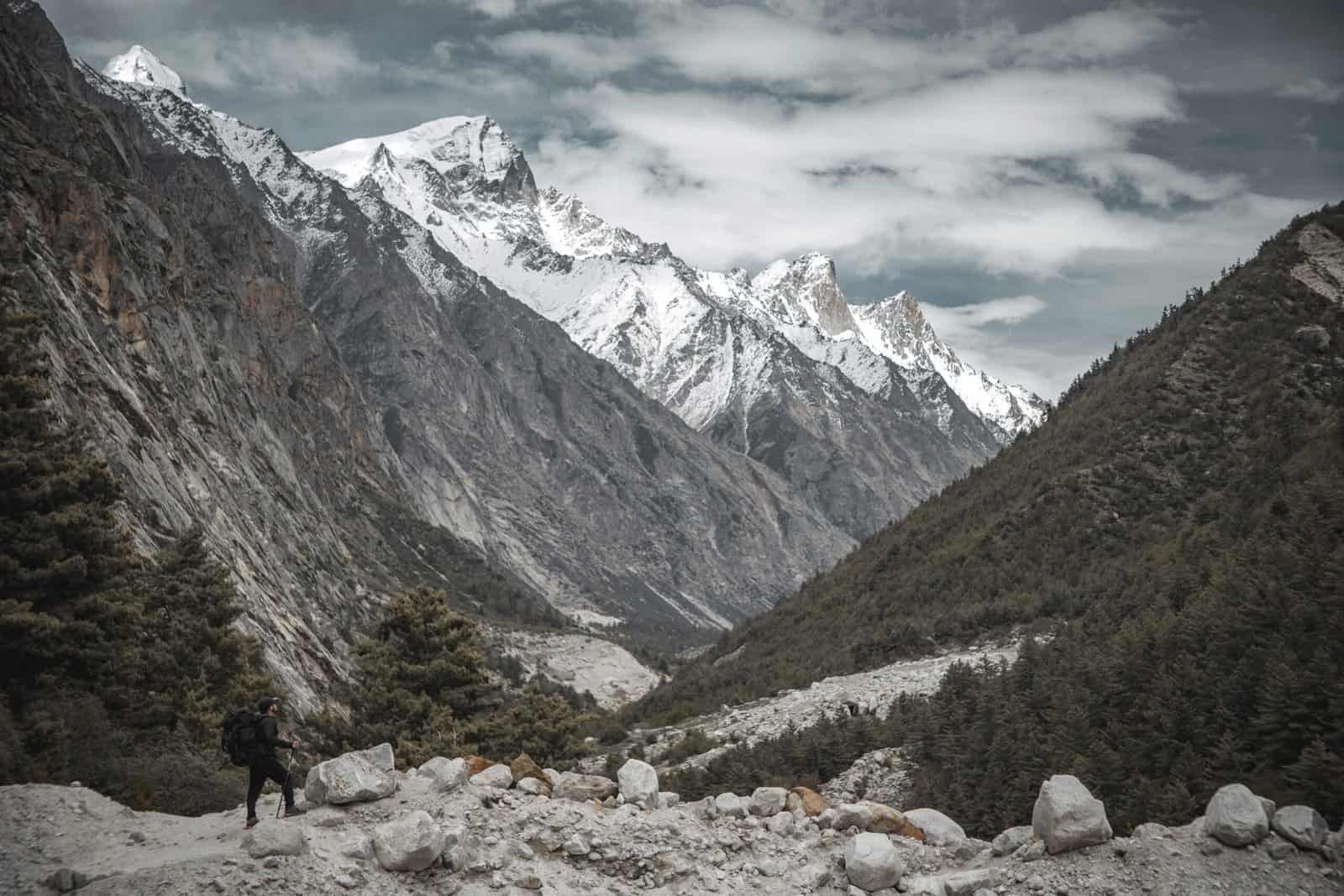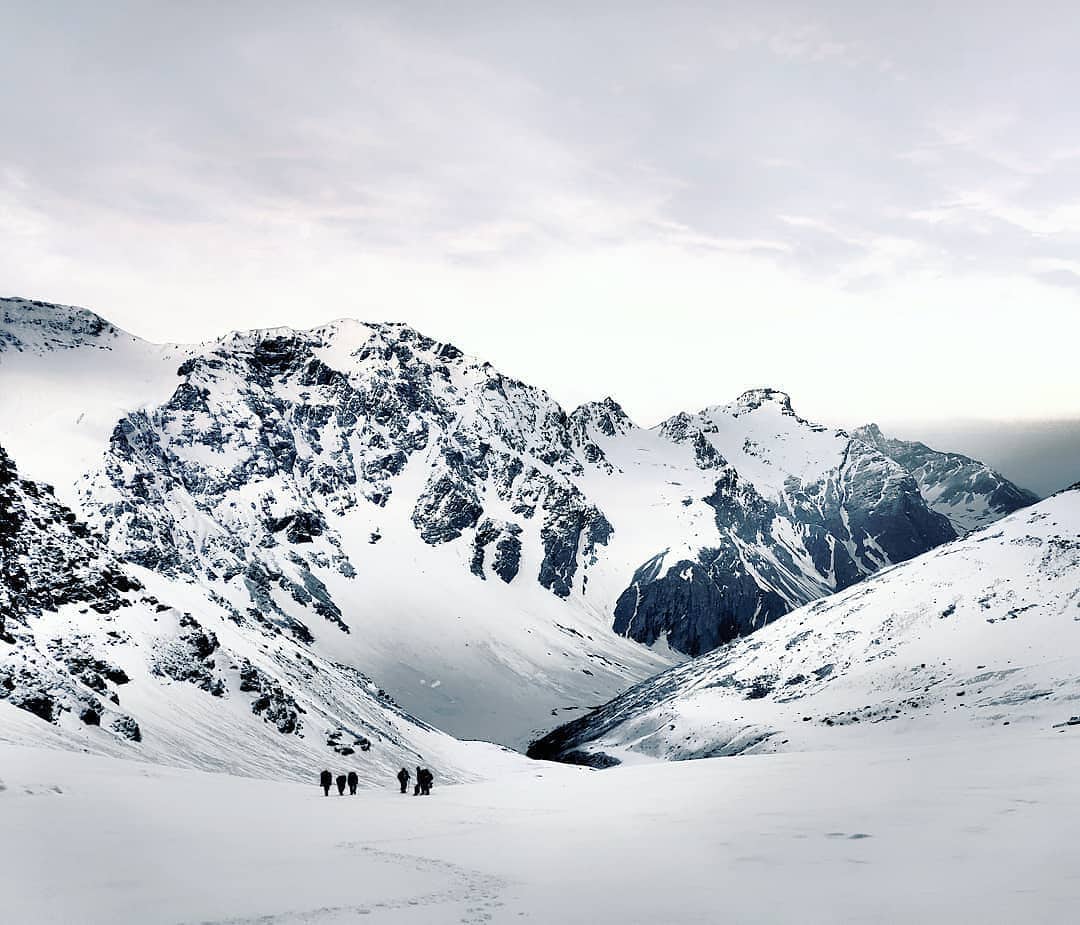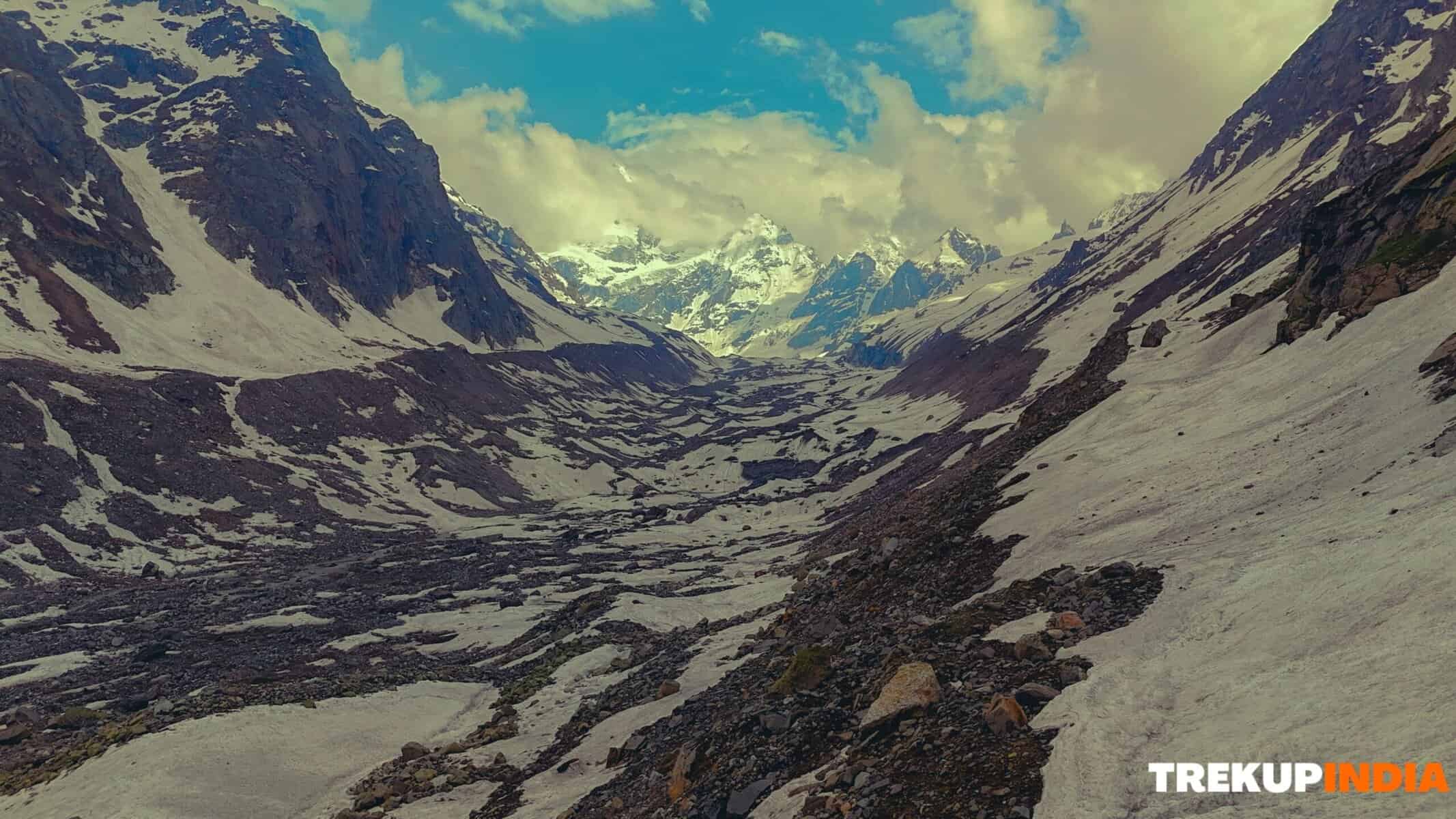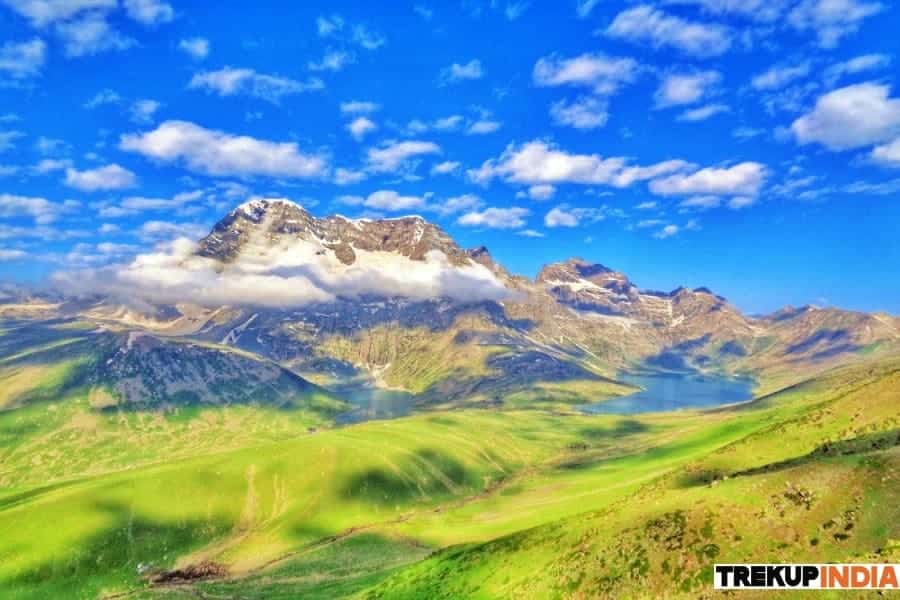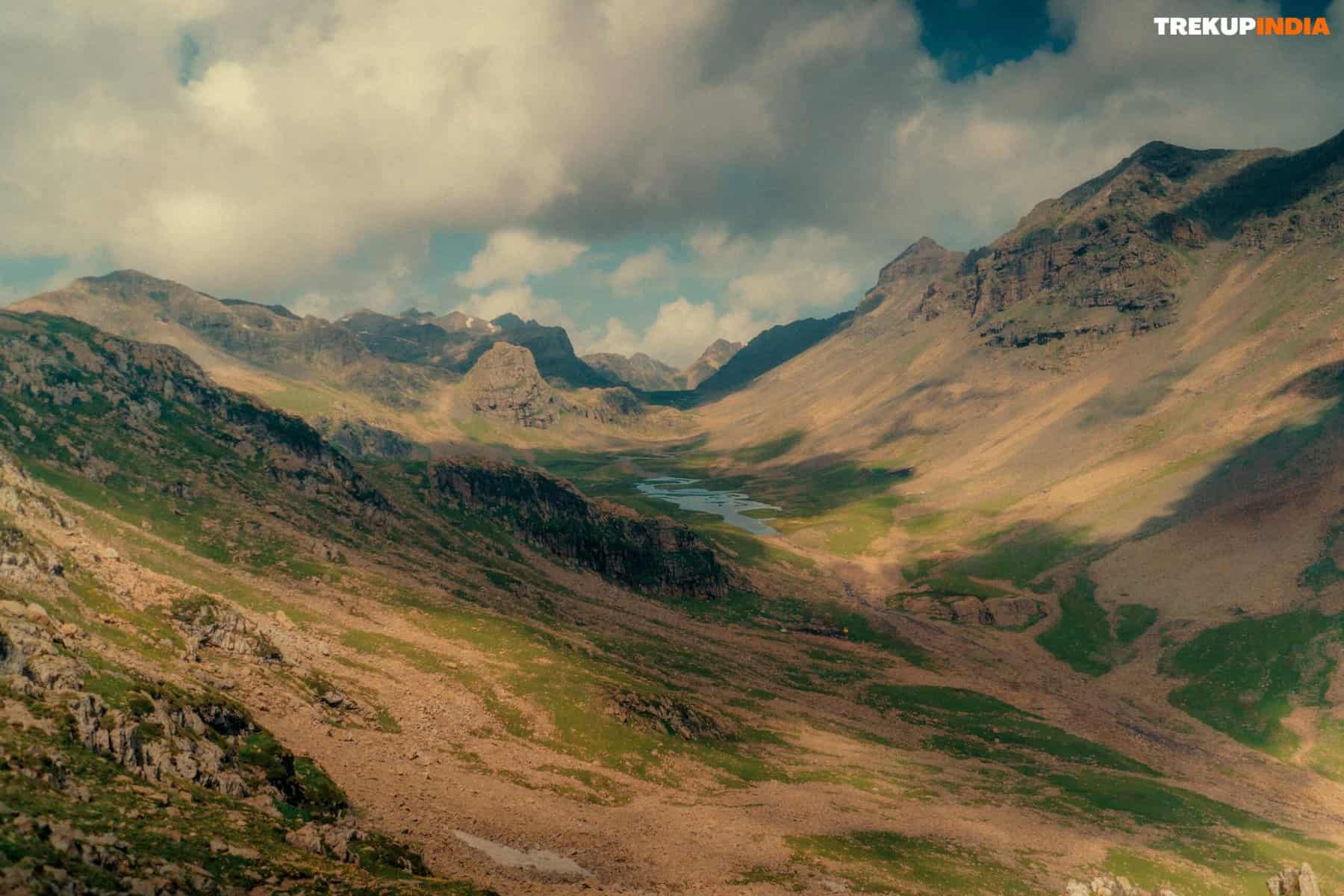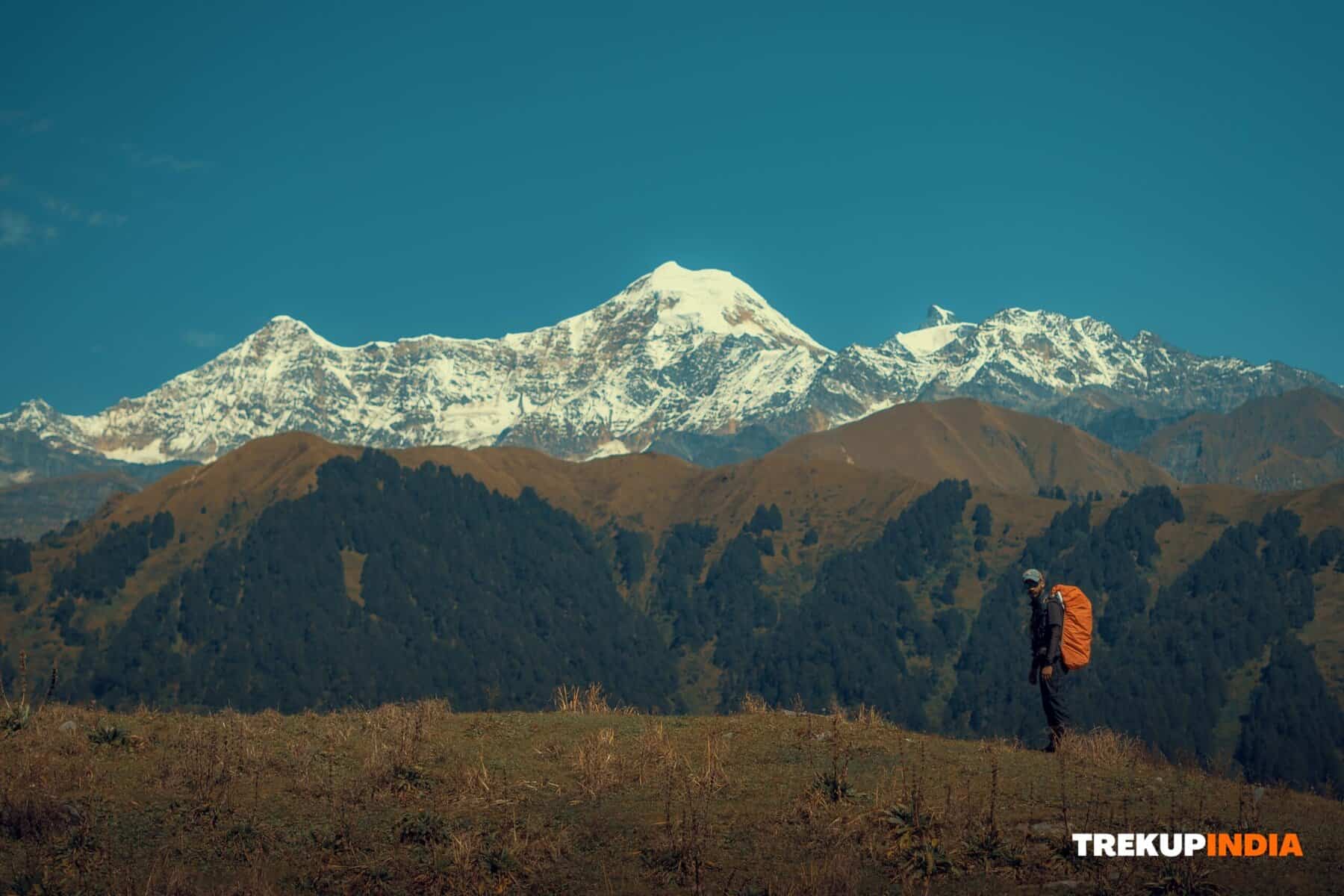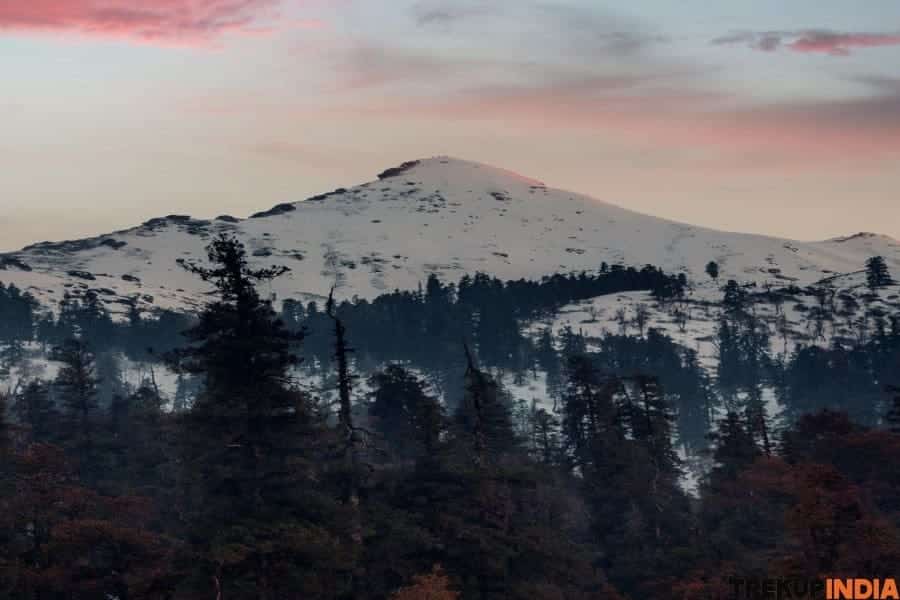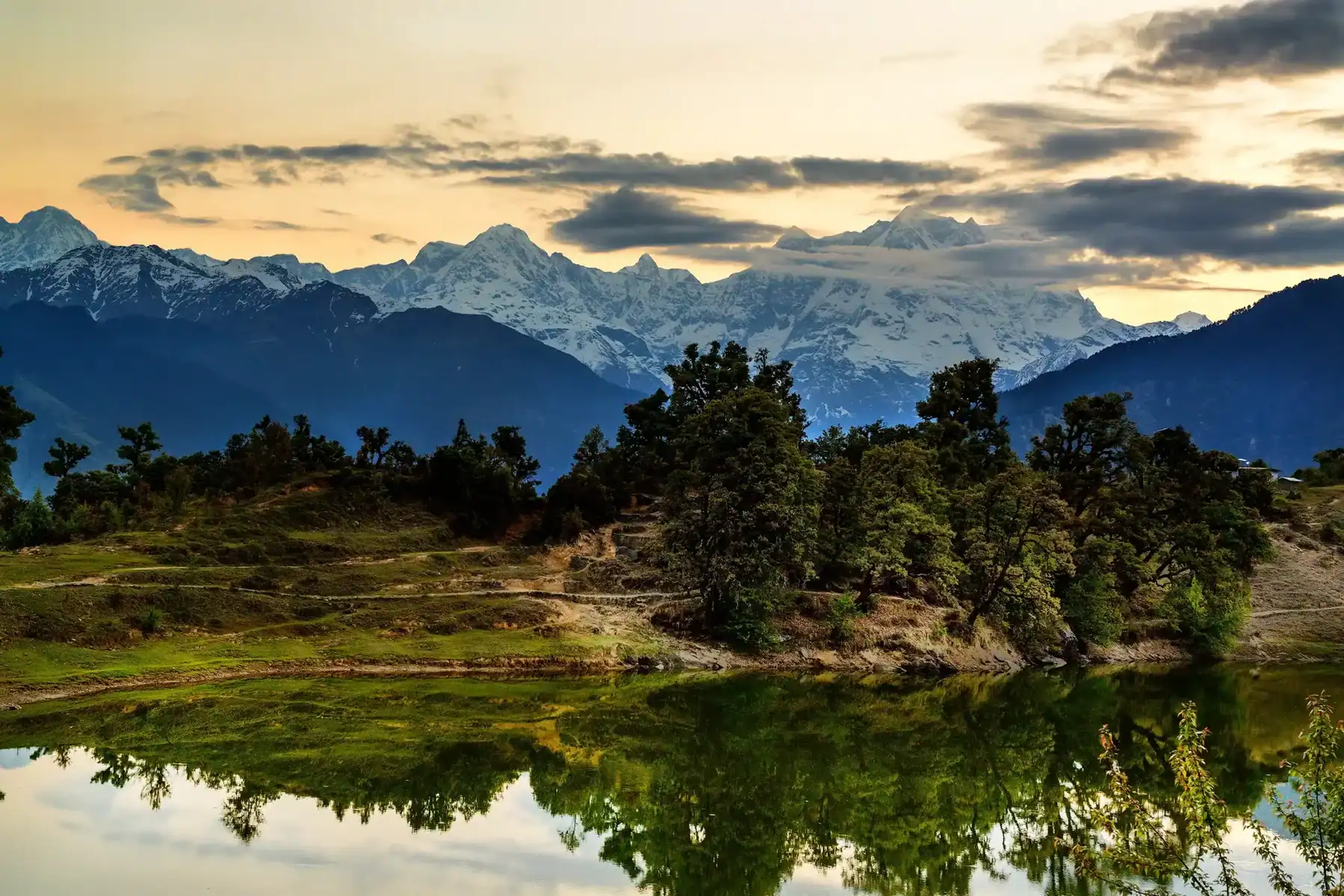Chandan Vandan Trek
Chandan Vandan Trek
Nestled on the periphery of Satara and Mahabaleshwar, the double fortress of Chandan Vandan stands vigil at an elevation of 3800 feet. Developed to secure the paths converging on Satara, these fortresses now serve as a popular location for hiking lovers. Found in Bhuinj, Satara District, Maharashtra, India, the Chandan Vandan Forts, comprising Chandan Fort and Vandan Fort, are appropriately called the “Twin Forts.” The well-preserved Chandan Fort is a center of activity, with numerous treks and pilgrimages throughout the year. At 3836 feet above sea level, the fort offers spectacular views and warm hospitality from the local villagers. Visitors can optimistically plan to explore both forts in a single day, relishing their rich history and natural beauty.
Chandan Vandan Information
Beginning Point: Village Ibrahimpur (Banawadi) or Belmachi, Bhuinj, Satara District. Chandan Vandan Trek Gradient is an easy grade-level trek, an easy trail that results in an exceptionally great view from the top point of the fort.
Water Resources: There is no drinking water source available at the fort. Carry adequate water for the fort trek. Everyone should bring a minimum of 2 liters of water for the walking.
Finest months to visit: It is more suitable to see the Chandan fort in Shravan month as the villagers and all the villages around the fort hold a renowned festival. Shravan month is the month of July.
Chandan Fort
Chandan Fort, also called Chandangad Fort, comes from the Marathi word “gad,” which implies fort. While the fort’s entrance remains in ruins, the rest of the defensive structures remain unspoiled. The fort has numerous fascinating spots, including the Gaus Pak Baba (Mebub-e-Subhani) Dargah and an ancient Shiva temple decorated with Linga sculptures. The perfect time to check out the fort remains in July, and the neighboring base villages provide abundant sugarcane crops and other growings. Among the fort’s various rooms, which were utilized for storage, the roofs were now dependent on disrepair. During the month of Shravan, dedicated pilgrims regularly visited the temple. The trek begins through a small entrance gate, where a large water tank is readily available for trekkers and visitors to quench their thirst. The path up to the fort is well-kept and consists of correctly preserved actions. After rising the stairs for around one and a half hours, one will reach the top and experience an unspoiled Shiva temple. Adjacent to the temple, a sprawling banyan tree uses a shady resting spot. Even more along, the Dargah called “Dastgir Dargah” appears.
Vandan Fort Trek
Vandan Fort has many doors to explore the fort thoroughly. The first and the main entryway is called “Maha Darwaja” by residents. There are few actions upward after entering the door. The 2nd door on the fort, which will be discovered, is now under construction. The doors are destroyed and not in appropriate condition. Continuing will go to the third door, an entryway to the market in golden times. It is said that regional markets in the past used to be established here. There’s a lot more to check out on the fort; however, many things are still a secret due to the distorted conditions. Well-marked routes and damaged steps are there to reach the leading point of the fort. Overall, three substantial godowns on the fort were built with stones and bricks. Comparable to Chandan fort, a Dargah is also present at the Vandan fort. The Dargah is locked from the outdoors but is still in good condition.
Highlights Of The Trek
- Leisurely and entertaining trekking with adoring serenity from the top of the fort. Destinations on the fort are water cisterns, Dargah, Temples, bastions, Doors, and Ruins—fantastic views of the two nearby twin forts, Vandan and Chandan forts.
- The twin forts of Chandan Vandan offer panoramic views of the hills around and charming towns in addition to ancient temples, mosques, unique old banyan tree, and balanced equipoise stone structure that has stayed unchanged over the years.
- Treks around Wai are defined by their simple climbs, stunning lakes, lavish green plateau, and picturesque villages.
- Several waterfalls flow down the fort walls through the dynamic green valleys and into the paddy fields.
Forts History
The forts’ summits serve a remarkable landscape worth climbing, and check out strange mountains and ruins. The manuscripts discovered on the copper plates state that the forts Chandan and Vandan were constructed by King Bhor– II of the Shilahar Dynasty. Chandan Vandan forts are said to have been developed around 1191. After King Bhor– II, Chhatrapati Shivaji Maharaj fought and won these forts in 1673 from Adilshah of Bijapur. Chhatrapati Shivaji Maharaj won the fort after taking oath on Raireshwar, and the castle was under Maratha rule till 1689. Moghuls entered power shortly after 1695. Chhatrapati Shivaji Maharaj won this fort.
How to Plan to Reach the Base of the Trek
Wai is a charming weekend escape from Pune and a sought-after destination for filmmakers. It’s simple to see why – after the rains, the town changes into an attractive sanctuary of lavish greenery. Just a brief 1.5 km from the Wai ST depot lies Bavdhan Village, offering a hassle-free and cozy location, to remain. You can select to stay at the base of the temple in Bavdhan, offering a serene and serene environment.
What to Pack for Your Trek
Because it is just a one-day trek, you will only require the following things.
- Small 20L backpack
- One-litre bottle
- A coat or poncho in case of rain
- Snacks
Dates For Upcoming Treks
Want To Trek Like Pro?
Basically, watch these videos if you want to trek the same way professional trekkers do and make your skills better. These videos contain useful tips and techniques to further improve your trekking skills itself. These videos actually help both new and experienced trekkers improve their trekking skills. These videos definitely provide useful tips that make your trek better. We are seeing that these videos by Trekup India experts will only help you make your trekking skills better.







Know Everything About Acute Mountain Sickness
Acute Mountain Sickness occurs when people trek to high altitudes above 8,000 feet. This condition itself develops further due to reduced oxygen levels at such heights. Basically, as you go higher up, the air pressure and oxygen levels decrease, which causes the same problem. Acute Mountain Sickness surely causes headache, nausea, vomiting, and dizziness in affected persons. Moreover, peoples also experience difficulty in sleeping during this condition. To avoid mountain sickness, you should actually trek up slowly to higher altitudes. To learn further about this condition itself, watch the videos by Trekup India.



- A well-stocked First Aid kit, including:
- Scissors
- Band-aids (regular and waterproof)
- Analgesic spray (Relispray, Volini, etc.)
- Antiseptic Liquid (Savlon, Dettol, etc.)
- Antiseptic powder (Povidone-Iodine-based powders like Cipladine, Savlon, etc.)
- Cotton roll and bandage
- Crepe Bandage
- 1-inch wide medical tape (paper or cloth)
- Micropore tape
- Tablets for motion sickness (Avomine) and acidity (Gelusil, Digene, etc.)
- Mild pain relief tablet (Crocin)
- Identity Card
- Cap, scarf, bandana, and sunglasses
- At least two litres of water
- Lemon, salt, or an electrolyte drink (Electoral/Gatorade/Glucon D, etc.)
- High-calorie snacks (nuts, dry fruits, home-baked cake, etc.)
- Safety pins, rubber bands, and a whistle (useful in emergencies)
- Quick-drying T-shirts (preferable over cotton tees)
- Poncho (only during monsoons)
- Plastic sheet to wrap electronic devices (only during monsoons)
- Sunscreen (SPF 50+)
- Trekking poles (optional)
Remember to always seek advice from a physician before consuming any medication.













